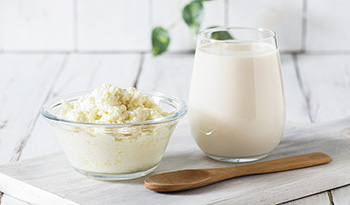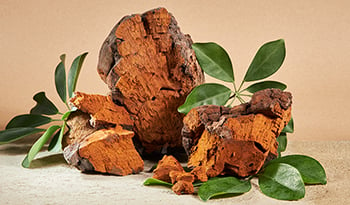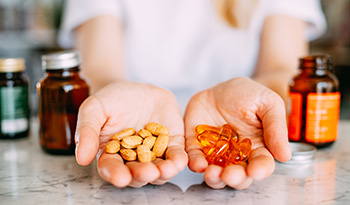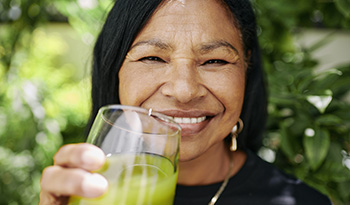Arnica For Pain Relief: What A Pharmacist Wants You To Know

If you’ve ever reached for a product to ease muscle pain, there’s a good chance you’ve come across Arnica montana. This bright yellow flower is one of the most widely used ingredients in homeopathic pain relief, known for its ability to ease swelling from injuries, reduce bruising, and soothe sore muscles. Here’s what makes this mountain plant so special and why homeopathic Arnica remains a trusted choice in natural pain relief products.
What Is Arnica Montana?
Arnica montana is the Latin name of a flowering plant in the daisy family native to mountain regions of northern and central Europe and southern Russia. It’s been used for centuries in traditional and folk medicine, but its pain-relieving properties have only been studied more recently.
Modern research has shown this plant is rich in active compounds that support its use in medicine.
- Sesquiterpene lactones: One of the most important of these is helenalin. Even in very low concentrations, helenalin has been shown to interfere with the regulation of genes responsible for producing many inflammatory mediators, resulting in less pain and swelling.1,2
- Polysaccharides: These plant sugars help promote healing and tissue repair by stimulating phagocytosis, which is the body’s process for clearing out damaged cells. Rich in galacturonic acid, Arnica’s polysaccharides show marked enhancement in vivo, which could explain the rapid disappearance of bruising.3,4
Why Homeopathic Arnica Is Different
It’s important to clearly distinguish between herbal and homeopathic forms of Arnica, especially for safety. In herbal form, Arnica is typically used externally in salves or oils. Concentrated tinctures, extracts, and dried plant material should never be ingested or consumed, as they contain active compounds that can be harmful in large doses.
Homeopathic Arnica is the only safe form of Arnica that may be taken orally, with a very low risk of side effects or interactions with other medications. This medicine is made through a process of dilution and shaking (called succussion) that reduces the concentration of the raw plant material, preserving its active properties and eliminating toxicity. This process makes it safe to use in low doses, even internally. Homeopathic Arnica is available in sublingual tablets and pellets or topical creams and gels, and is widely used for everyday relief.
Look for products that list the acronym “HPUS” after the active ingredient. This indicates that the raw ingredient and its manufacturing process comply with the standards of the Homeopathic Pharmacopoeia of the United States, the officially recognized reference for quality and preparation upheld by reputable manufacturers and the federal government.
Precautions For Topical Arnica Pain Relief Products
Rare cases of allergy to Arnica have been reported, typically from topical use. A rash may appear within two hours, along with itchiness and, in rare cases, blisters. If you have sensitive skin or a known allergy to plants in the daisy family (Compositae), apply topical Arnica to a small test area (about the size of a quarter) and wait two hours before broader application.
When To Use Homeopathic Arnica
As a homeopathic medicine, Arnica montana is commonly used to relieve muscle pain and stiffness caused by minor injuries, accidents, or falls. It’s especially helpful for soreness and stiffness from muscular overexertion, such as after an intense workout, a lengthy hike, or a day spent gardening. It may also help with stiffness that sets in from periods of inactivity, like after a long flight or drive. In addition to muscle pain relief, homeopathic Arnica also reduces pain, swelling, and discoloration from bruises.
Because it’s highly diluted, homeopathic Arnica is safe for internal use and is not known to interfere with blood coagulation. A controlled clinical trial found no impact on clotting ability, offering reassurance for those concerned about bleeding risks.5
Takeaway
Unlike some over-the-counter pain relievers, homeopathic Arnica medicines are well-tolerated and provide pain relief with a lower risk of side effects. So, whether you’re managing post-workout soreness or everyday bumps and bruises, homeopathic Arnica offers a gentle way to ease discomfort while your body recovers.
References:
- Lyss G, Schmidt TJ, Merfort I, Pahl HL. Helenalin, an anti-inflammatory sesquiterpene lactone from arnica, selectively inhibits transcription factor NF-KB. Biological Chemistry. 1997;378(9):951-961. doi:10.1515/bchm.1997.378.9.951.
- Merfort I. Arnica: New insights on the molecular mode of action of a traditional medicinal plant (translated from German). Forsch Komplementärmed Klass Naturheilkd. 2003;10(1):45-48. doi:10.1159/000071692
- Puhlmann J, Zenk M, Wagnert H. Immunologically active polysaccharides of Arnica montana cell cultures. Phytochemistry. 1991;30(4):1141-1145. doi:10.1016/s0031-9422(00)95191-4
- Wichtl M. Arnicae flos. Herbal Drugs and Phytopharmaceuticals. 3rd ed. Boca Raton, FL: CRC Press; 2004:54-59.
- Baillargeon L, Drouin J, Desjardins L, Leroux D, Audet D. The effects of Arnica montana on blood coagulation. Randomized controlled trial. Le Medecin de Famille Canadien. 1993;39:2362-2367
DISCLAIMER:This Wellness Hub does not intend to provide diagnosis...











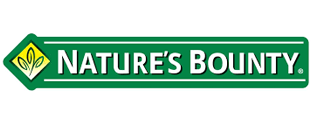

















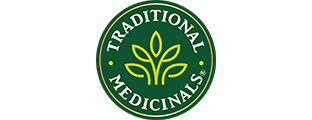








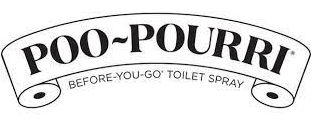





































 Table of Contents
Table of Contents




